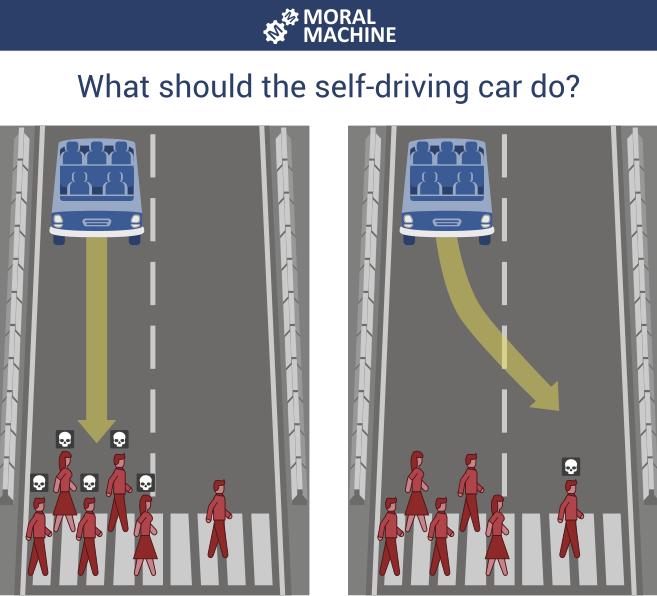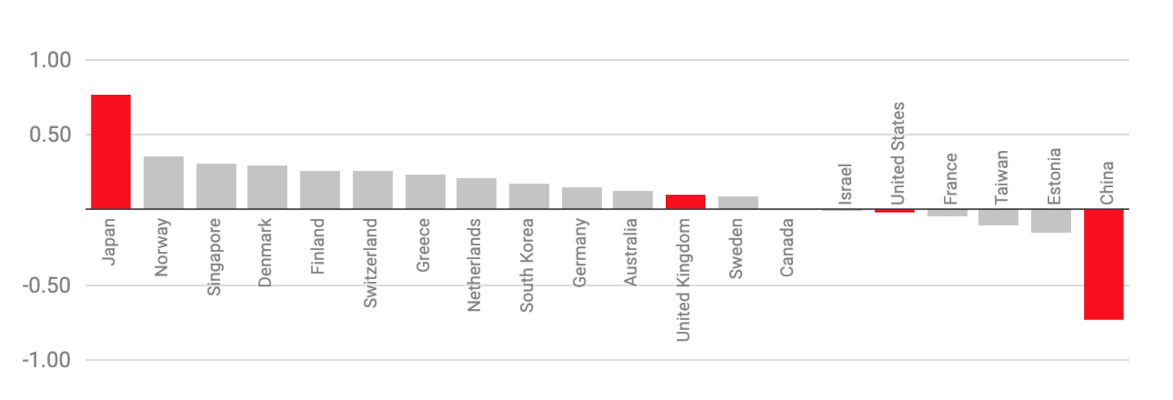Ethics
When it comes to abstract concepts like ethics and professionalism, it can be difficult to find clear definitions. Many standard definitions are very abstract themselves and are designed to be applied to a wide range of contexts. This means that they need to be interpreted for a particular case.
In general, both concepts are used to describe the desirable characteristics of a person acting in a particular role. Loui and Millar (2007) describe ethics as follows:
Ethics
The study of the actions that a responsible individual ought to choose, the values that an honorable individual ought to espouse, and the character that a virtuous individual ought to have.
For example, everyone ought to be honest, fair, kind, civil, respectful, and trustworthy. Besides these general obligations that everyone shares, professionals have additional obligations that arise from the responsibilities of their professional work and their relationships with clients, employers, other professionals, and the public.
Marebane et al., 2023 identify seven dimensions of professional responsibility in the field of software engineering:
The trolley problem
There follows a series of fairly well-known ethical dilemmas related to death and responsibility. At first, they seem contrived and of little relevance to software engineers.
- You are walking by a railway track when you notice a trolley that is out of control and heading towards a group of five workers. Next to you, there is a lever that will divert the trolley onto an empty siding that will save the lives of the workers. Do you pull the lever?
- You are in the same situation, except this time there is a single worker on the siding. That person will die if you pull the lever, but on the other hand you will still save the lives of the original group. Do you pull the lever?
- This time there is no siding and you are on a bridge over the railway track. The trolley is still out of control and heading towards the group of five workers, but there is a large man standing next to you. If you push him off the bridge his body will block the track and save the workers. Do you push the man off the bridge?
The trolley problem is summarised in a TEDEd animation bu Eleanor Nelson.
In 2018, researchers from MIT ran an experiment called the Moral Machine in which people were invited to choose the course of action that an autonomous vehicle should take when faced with a life-and-death decision. Overall, 40 million decisions were captured from people in 233 countries. Fig. 1 shows an example of one of the questions.

Surprising patterns emerged when the data was analysed that were dependent on the cultural preferences in different parts of the world. For example, some cultures prioritised saving passengers in the car over pedestrians while others took the opposite view. This difference is visualised in Fig. 2 where a score closer to 1 indicates that respondents placed a greater emphasis on sparing pedestrians. If the score is closer to -1, they preferred to save passengers while 0 is the global average.

The choice of whether to save the very young or the very old revealed a more uncomfortable difference in cultural preferences. Faced with a scenario in which the brakes on the autonomous vehicle had failed and at least one death was inevitable, respondents had to choose between a baby and an elderly grandmother. The results are shown in Fig. 3 where a score closer to 1 indicates that respondents preferred to save the young and a score closer to -1 showed they preferred to save the old. Again, 0 represents the global average.

Dark patterns
In software engineering, dark patterns are design practices intentionally crafted to deceive, manipulate, or coerce users into making choices they might not otherwise make. These patterns are implemented within the interface, user experience (UX), or content, subtly guiding users towards actions that benefit the organisation or product rather than the user. Examples of dark patterns include tricking users into subscribing to a service, adding extra items to a shopping cart, making it difficult to cancel a subscription, or hiding essential information to influence user behaviour. The website Deceptive Patterns lists over 400 examples in its hall of shame.
The concept of dark patterns raises ethical concerns, as these tactics exploit cognitive biases and trust, often prioritising short-term gains over long-term user satisfaction and transparency. A common dark pattern example is the “roach motel,” where users can sign up for a service easily but find it challenging to cancel. Another example is “forced continuity,” where a user is enrolled in a paid subscription after a trial period without a clear reminder or option to opt-out. Such patterns can erode trust, leading to user frustration and potential reputational harm for the company involved.
Dark patterns contrast with good UX design principles, which aim to create interfaces that are intuitive, user-friendly, and aligned with the user’s best interests. As awareness around ethical design grows, there is increasing scrutiny from both regulatory bodies and the public regarding the use of dark patterns. Responsible software engineering prioritises transparent, honest interfaces that respect user autonomy, aiming to build trust and promote ethical engagement rather than manipulation.
The engineer’s responsibility
When faced with an ethical decision, software engineers are expected to make judgements that balance technical considerations with the potential impact of their actions on users, organisations, and society. Ethical judgements in software engineering often require an evaluation of the risks, benefits, and responsibilities associated with a particular decision, as well as an awareness of professional standards and regulatory requirements. These judgements are not always straightforward, as they involve assessing complex situations where multiple interests and outcomes must be weighed.
One type of ethical judgement involves weighing privacy against functionality. Engineers must decide how much user data to collect to ensure an application’s functionality while respecting users’ right to privacy. For instance, collecting more data than necessary might improve user experience or increase personalisation, but it can also compromise privacy and expose users to risks if that data is mishandled. Engineers are expected to make balanced choices, limiting data collection to what is strictly necessary and ensuring transparency about data usage.
Another key tradeoff relates to security versus usability. While strong security measures protect users and systems, they can also make applications less user-friendly if they are overly complex. Engineers may need to decide how to implement security protocols that are effective without overburdening users, such as requiring complex passwords or multiple authentication steps. An ethical judgement here involves ensuring adequate security while keeping the application accessible, especially for users with varying levels of technical ability.
Engineers are also expected to make ethical judgements about fairness and bias, particularly when working with algorithms that may impact decision-making. In situations where automated systems influence hiring, credit scoring, or healthcare, engineers must carefully assess the fairness of these systems. This includes recognising and addressing biases in data and algorithms that could lead to discriminatory outcomes. Ethical judgement here involves considering whether an algorithm is treating all groups fairly and deciding how to correct biases to ensure equitable treatment for all users.
Another ethical consideration for engineers is the balance between innovation and safety. When developing new features or products, there is often pressure to deliver quickly to stay competitive. However, engineers are expected to evaluate whether rushing development could lead to untested or unreliable code, which might expose users to harm or disruption. Making an ethical judgement here involves prioritising user safety and reliability over rapid deployment, even if it means slowing down the pace of innovation.
Finally, engineers must make ethical judgements regarding accountability and responsibility. In cases where a system fails or leads to unintended consequences, engineers are expected to take responsibility for identifying and addressing issues, rather than deflecting blame. Ethical judgement in these situations involves being transparent about the cause of the problem, learning from mistakes, and taking corrective action to prevent future occurrences. This judgement extends to ensuring that software is designed with mechanisms to mitigate potential risks, reducing the likelihood of harm.
These ethical judgements require a balance of technical skill, moral awareness, and a commitment to upholding ethical standards in software engineering. By making these judgements thoughtfully, engineers contribute to responsible technology development, demonstrating a dedication to protecting users, promoting fairness, and maintaining public trust in software systems. The engineer’s responsibility is discussed in Martin Fowler’s presentation at the GOTO conference in 2014. Although the event was some time ago, it is interesting to consider what has changed since and what has not. It is clear that some of the issues he discusses are still relevant today.

Further reading
- Ethics and professional responsibility in computing (Loui & Miller, 2007)
- Mapping of studies on ethical responsibilities of software engineers (Marebane, Hans & Kgaphola, 2023)
- Stephens, 2022, Ch. 20
- O’Regen, 2022, Ch. 2